
Managing COPD and Avoiding Exacerbations in the Summer is key to staying safe and having a stress free summer! Summer can be a beautiful time to enjoy the outdoors—but for people with Chronic Obstructive Pulmonary Disease (COPD), the heat, humidity, air quality changes, and pollen can make the season particularly challenging. High temperatures and poor air quality can trigger COPD exacerbations, or flare-ups, which may result in shortness of breath, fatigue, increased coughing, and even hospitalization.
Fortunately, with the right strategies, summer can still be enjoyable and safe. Whether you’re living with COPD yourself or caring for someone who is, this guide will help you understand how to manage symptoms, avoid exacerbations, and stay active and comfortable—all with the help of tools like portable oxygen concentrators.
Why Summer Is a High-Risk Season for COPD
COPD is a chronic lung condition that includes emphysema and chronic bronchitis. It makes breathing increasingly difficult due to obstructed airflow from the lungs. While COPD can be managed year-round, summer poses unique risks:
- High temperatures can cause the body to work harder to cool down, increasing the demand for oxygen.
- Humidity makes the air feel heavier and harder to breathe, especially for those with lung disease.
- Pollen and air pollution are more common in summer, aggravating symptoms.
- Dehydration and fatigue can reduce energy levels and oxygen efficiency.
- Sudden weather changes and travel routines can disrupt oxygen therapy schedules.
If you or your loved one uses supplemental oxygen, it’s essential to adjust your routine during warmer months to reduce risks and stay comfortable.
Signs of a COPD Exacerbation
A COPD exacerbation is a sudden worsening of symptoms and can lead to emergency care if not treated promptly. Watch for:
- Increased shortness of breath
- More frequent or severe coughing
- Excess mucus or change in mucus color
- Wheezing or tightness in the chest
- Fever or signs of infection
- Lower oxygen saturation levels
Prompt action can prevent a minor flare-up from becoming a serious health crisis.
Top Tips for Managing COPD and Avoiding Exacerbations in the Summer
Avoid Peak Heat Hours
Limit outdoor activity between 10 a.m. and 4 p.m., when the sun is strongest. Instead, plan walks or errands in the early morning or evening when it’s cooler and the air quality is better.
If you must be outdoors during peak times, stay in shaded areas, wear a wide-brimmed hat, and bring water and portable oxygen if needed.
Stay Hydrated

In managing COPD and avoiding exacerbations in the summer, staying hydrated is one of most important. It is one of the most common exacerbation triggers and one of the easiest to avoid. Dehydration thickens mucus in the lungs, making it harder to clear. Drink plenty of cool water throughout the day—avoid caffeine and alcohol, which can dehydrate you. Keep a water bottle handy, especially when using portable oxygen, which can dry out airways.
Along with dehydration, related electrolyte imbalances are common in exacerbations and may lead to adverse effects, including respiratory failure.
Your lungs are about 83% water. If you become dehydrated and your body requires water to cool you down, digest food, or perform other functions, it is likely to take it from a large reservoir like your lungs. This will tax lung function and possibly cause an exacerbation of symptoms like coughing or thickening of mucus.
Familiarize yourself with the hydration index. The hydration index is a tool to measure how well different liquids retain fluid in the body in contrast to how much is immediately discharged as waste. Drinking water is a good idea to maintain hydration but if you’re feeling dehydrated, consider a sports drink that also replaces electrolytes. Liquids that have other nutrients like milk or fruit juice, are more likely to be retained in the body and are more beneficial than water for hydration purposes.
Tip: Try adding hydrating fruits like watermelon and cucumber to your diet for extra fluids and nutrients.
Recognize the Symptoms of Dehydration
- Increased Thirst
- Dry Mouth and Lips
- Reduced Urination or Urine that is Dark Yellow
- Extreme Fatigue
- Headache
- Dizziness or Feeling Faint
- Confusion and Irritability
- Racing Heartbeat and Rapid Breathing
Check Air Quality Daily
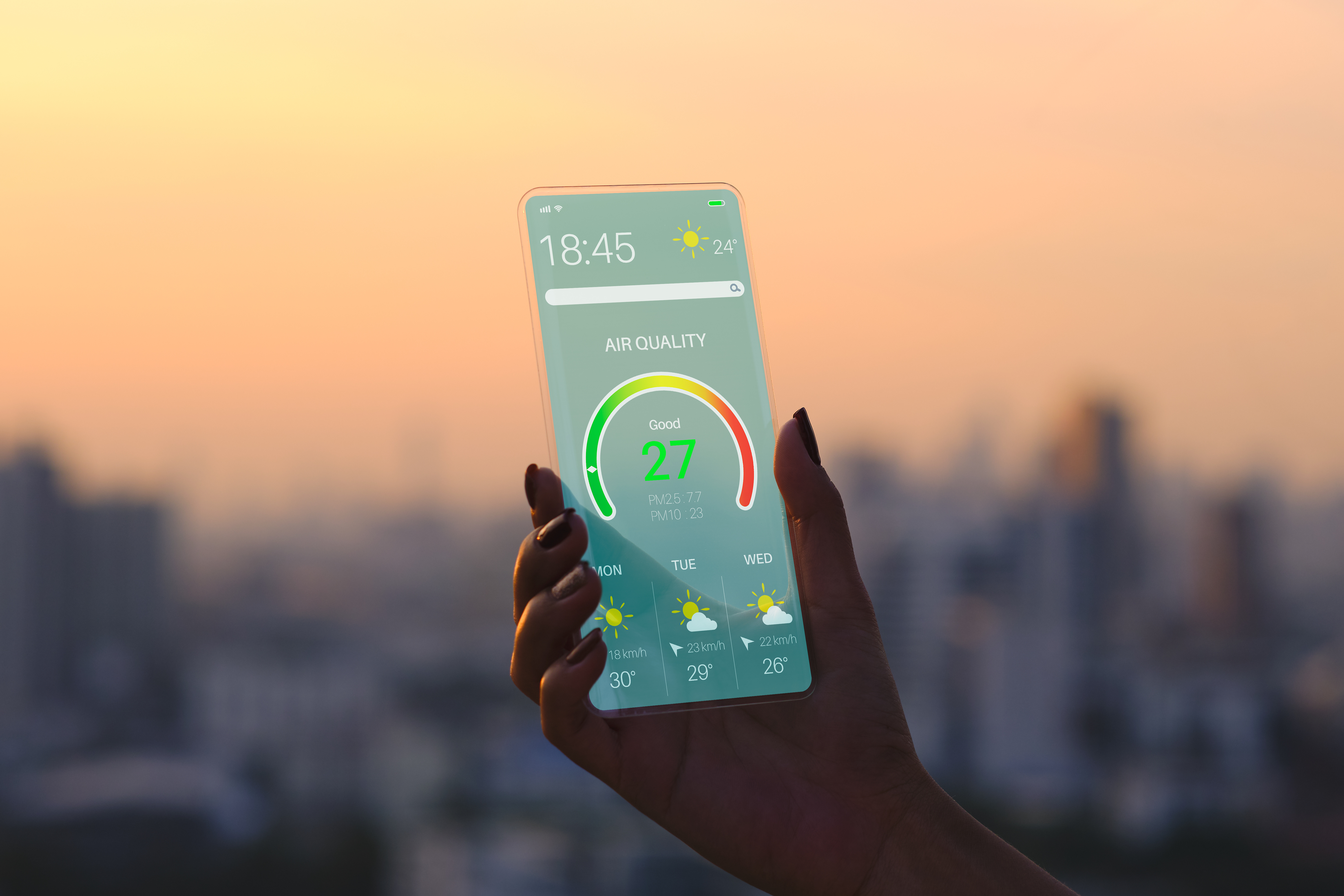
Poor air quality can cause or worsen COPD flare-ups. Use apps or websites like AirNow.gov to monitor the Air Quality Index (AQI) in your area. On days when pollution or pollen levels are high, stay indoors with filtered air and avoid physical exertion.
The air quality index measures five major air pollutants (ozone, particulate matter, carbon monoxide, sulfur dioxide, and nitrogen dioxide) and quantifies their potential health impacts. The scale goes from 0 – 500.
- 0 – 50 is rated as good meaning the air quality is satisfactory and air pollution should pose little risk.
- 51 – 100 is rated as moderate. Air quality is acceptable but may pose small effects to those with particular sensitivities.
- 101 – 150 rating means that air quality is unhealthy for sensitive groups. People with respiratory issues are at risk for health impacts and should avoid outdoor exposure if possible or wear a N-95 mask if venturing out.
- 151 – 200 means that air is now unhealthy for everyone and those with a respiratory condition should remain indoors.
- 201 – 300 rating is very unhealthy and emergency conditions are likely in place.
- 301 – 500 is a hazardous rating and is only likely to happen during natural disasters such as a nearby forest fire or industrial accident. In this situation evacuation may be necessary.
If you have allergies, sites like pollen.com can also be useful. You can enter the zipcode where you live or where you are traveling and it will let you know what allergens are in the air and what their levels are. Your cell phone may also have a weather and air quality app that can give you an alert in adverse conditions.
If you’re traveling, check the AQI of your destination in advance and plan accordingly.
Use Your Portable Oxygen Concentrator
If you’ve been prescribed supplemental oxygen, summer is the time to lean on it. A portable oxygen concentrator (POC) allows you to move freely while keeping your oxygen levels stable.
POCs are lightweight, FAA-approved for travel, and can run on battery for hours—perfect for summer events or vacations. Make sure to:
- Charge your batteries before outings
- Bring extras and car chargers when traveling
- Store your POC in a cool, shaded area
- Never leave it in the car trunk. Extremes in heat and cold will harm the components.
Your oxygen needs may increase slightly in heat, so consult your doctor about adjusting flow settings during summer.
Dress Smart for the Heat
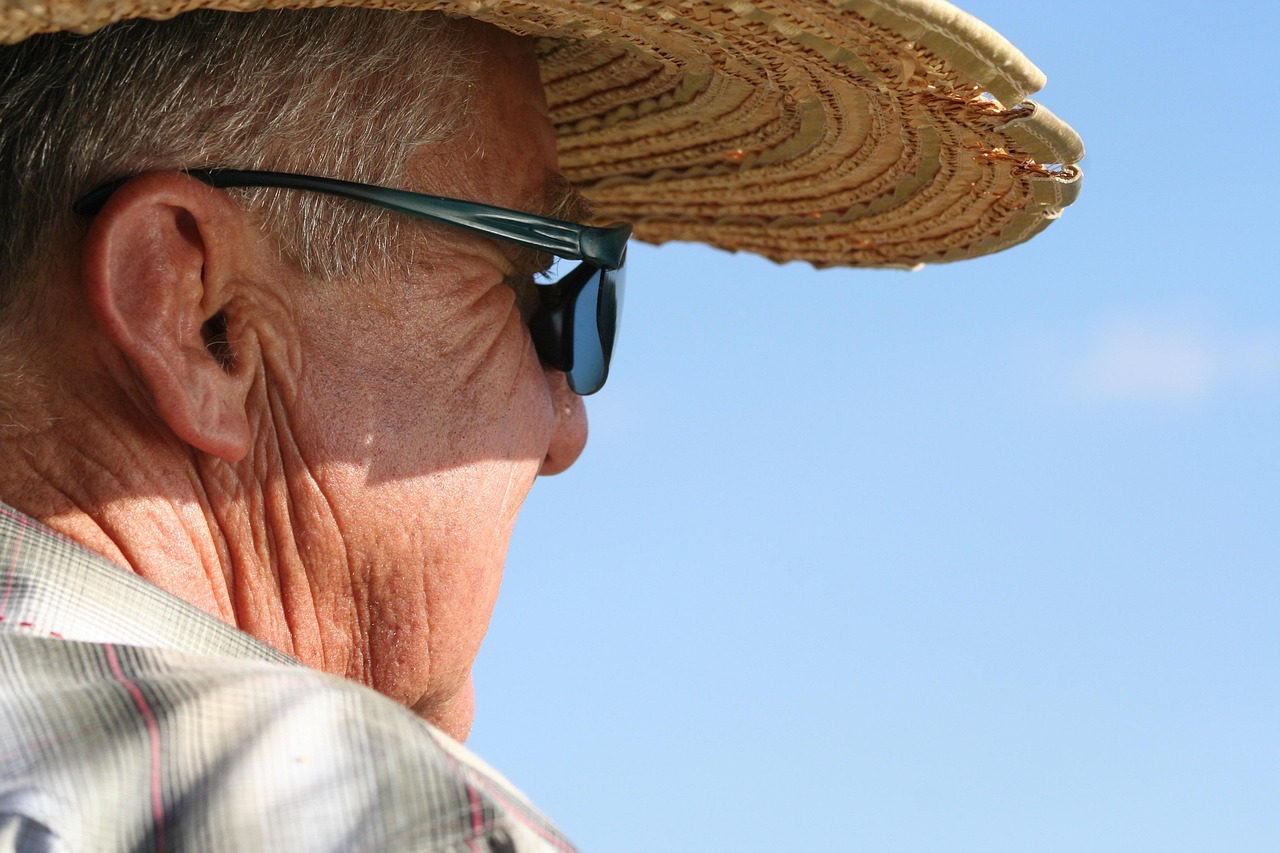
Choose lightweight, breathable clothing made from cotton or moisture-wicking fabrics. Avoid heavy or dark-colored clothes that trap heat.
Comfortable shoes and a sunhat will help keep you cool and safe if walking is part of your daily routine.
Prepare Your Home for Hot Days
Your home should be a refuge from extreme heat. Here’s how to make it COPD-friendly during summer:
- Use air conditioning or fans to regulate temperature
- Replace air filters regularly to reduce allergens
- Use a dehumidifier if humidity is high
- Avoid indoor smoke or strong scents that may irritate airways
If you don’t have AC, consider spending the hottest part of the day in a public place like a library or mall.
Don’t Skip Your Medications
Summer activities and travel can disrupt your normal routine, but staying consistent with your inhalers, medications, and oxygen therapy is crucial. Carry an extra set of meds when going out, and use a pill organizer to stay on track.
Ask your doctor whether your medication routine needs any adjustment for summer conditions or travel plans.
Plan Travel Carefully
Summer is travel season, but COPD shouldn’t hold you back—if you plan ahead.
- Check with your oxygen provider about travel-approved equipment.
- Bring a physician’s note describing your condition and oxygen prescription.
- Make sure your POC is FAA-approved if flying.
- Call ahead to hotels or tour companies about accessibility or oxygen-friendly environments.
- Build in rest periods in your itinerary.
With a good plan and your portable oxygen concentrator, travel can be safe and enjoyable. Click Here to download our FREE TRAVEL GUIDE here!
Watch for Infections
Managing COPD and avoiding exacerbations in the summer also means avoiding getting any respiratory infections. Heat and humidity can create the perfect environment for respiratory infections, which are a common cause of exacerbations.
Protect yourself by:
- Washing hands frequently
- Avoiding crowds during flu season
- Keeping up with vaccinations (flu, COVID-19, and pneumonia)
- Monitoring symptoms closely and calling your provider at the first sign of illness
Listen to Your Body
If you feel fatigued, short of breath, or notice swelling, dizziness, or unusual chest sensations, stop and rest immediately. Use your pulse oximeter to check oxygen levels and use your rescue inhaler or oxygen if needed.
Don’t push yourself to keep up with others—your safety comes first.
How Portable Oxygen Concentrators Help Manage COPD and Avoid Exacerbations in the Summer

Portable oxygen concentrators are game-changers for people with COPD, especially during the summer months. Here’s why they’re ideal:
- Freedom to move: Go outside, attend events, or travel without worrying about oxygen tanks.
- Lightweight and compact: Most models weigh under 5 pounds and can be worn like a crossbody bag or backpack.
- Long battery life: Stay out longer with fewer interruptions.
- Quiet operation: Enjoy conversations or time in nature without distractions.
- Reliable support: Maintain steady oxygen saturation during activities or exposure to heat.
If you’re not yet using portable oxygen but struggle during summer, talk to your healthcare provider. It may be time to explore your options.
When to Call Your Doctor
Never ignore symptoms that feel unusual or more severe than usual. Call your doctor or seek immediate medical attention if you experience:
- Sudden shortness of breath or chest pain
- Confusion or dizziness
- Oxygen saturation consistently below 88%
- A fever with increased coughing or mucus
- Signs of dehydration
Early intervention can prevent a minor issue from becoming a life-threatening emergency.
Final Thoughts: You Can Enjoy Summer with COPD
Summer doesn’t have to be a season of fear for people with COPD. By preparing your body, your environment, and your equipment, you can enjoy more time outdoors, see family and friends, and even travel with peace of mind.
The key is prevention, preparation, and the right support tools—especially portable oxygen. We hope you’ve learned some essential skills for managing COPD and avoiding exacerbations in the summer
At OxiMedical, we specialize in helping people with COPD find the right portable oxygen concentrator for their lifestyle. Whether you’re looking for lightweight convenience, extended battery life, or a quiet and efficient device for daily use, our respiratory specialists are here to help.
Want help choosing the best oxygen concentrator for summer?
📞 Call OxiMedical today and breathe easier tomorrow. Our respiratory team can be reached at 1-888-643-4921.

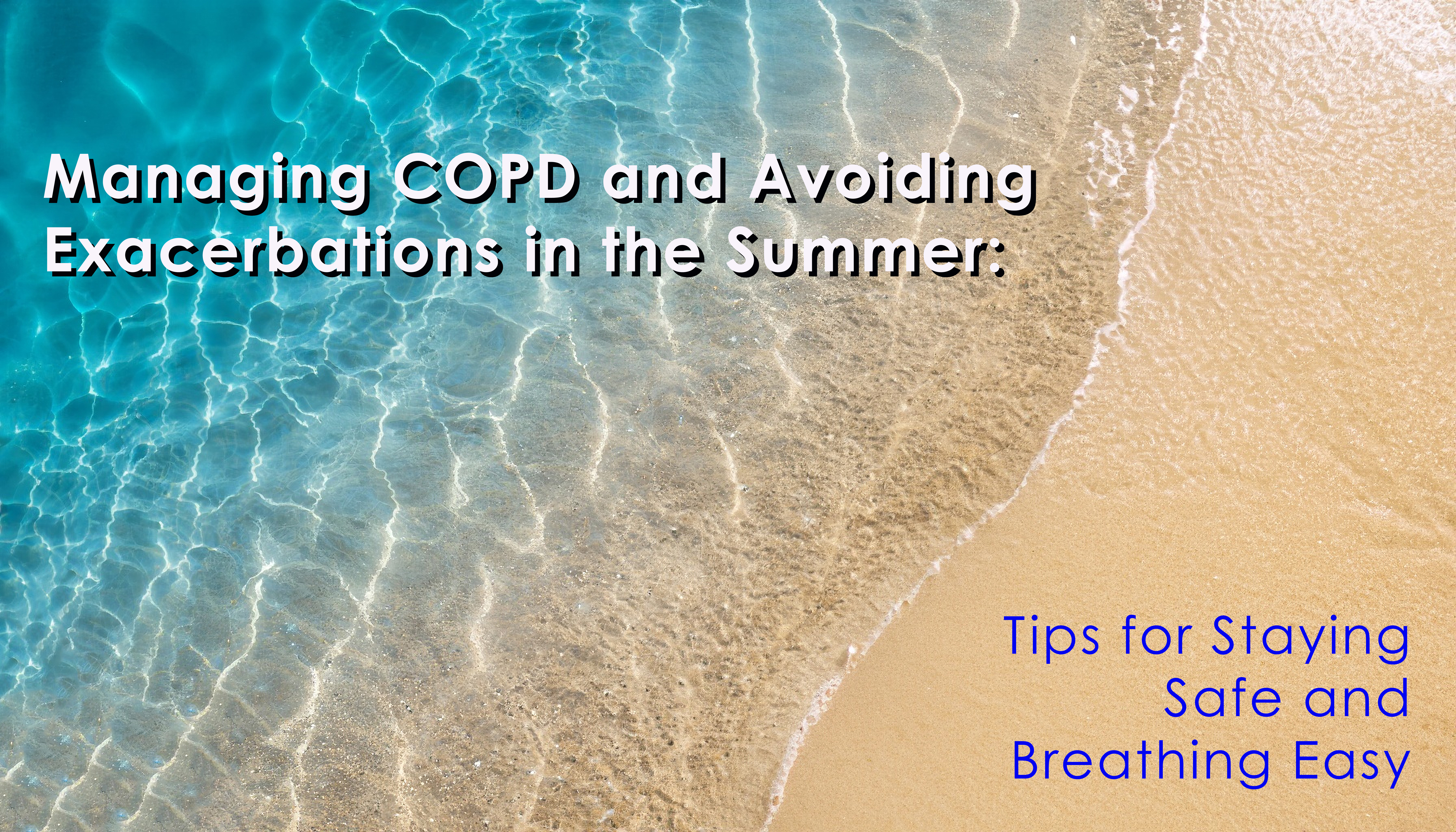

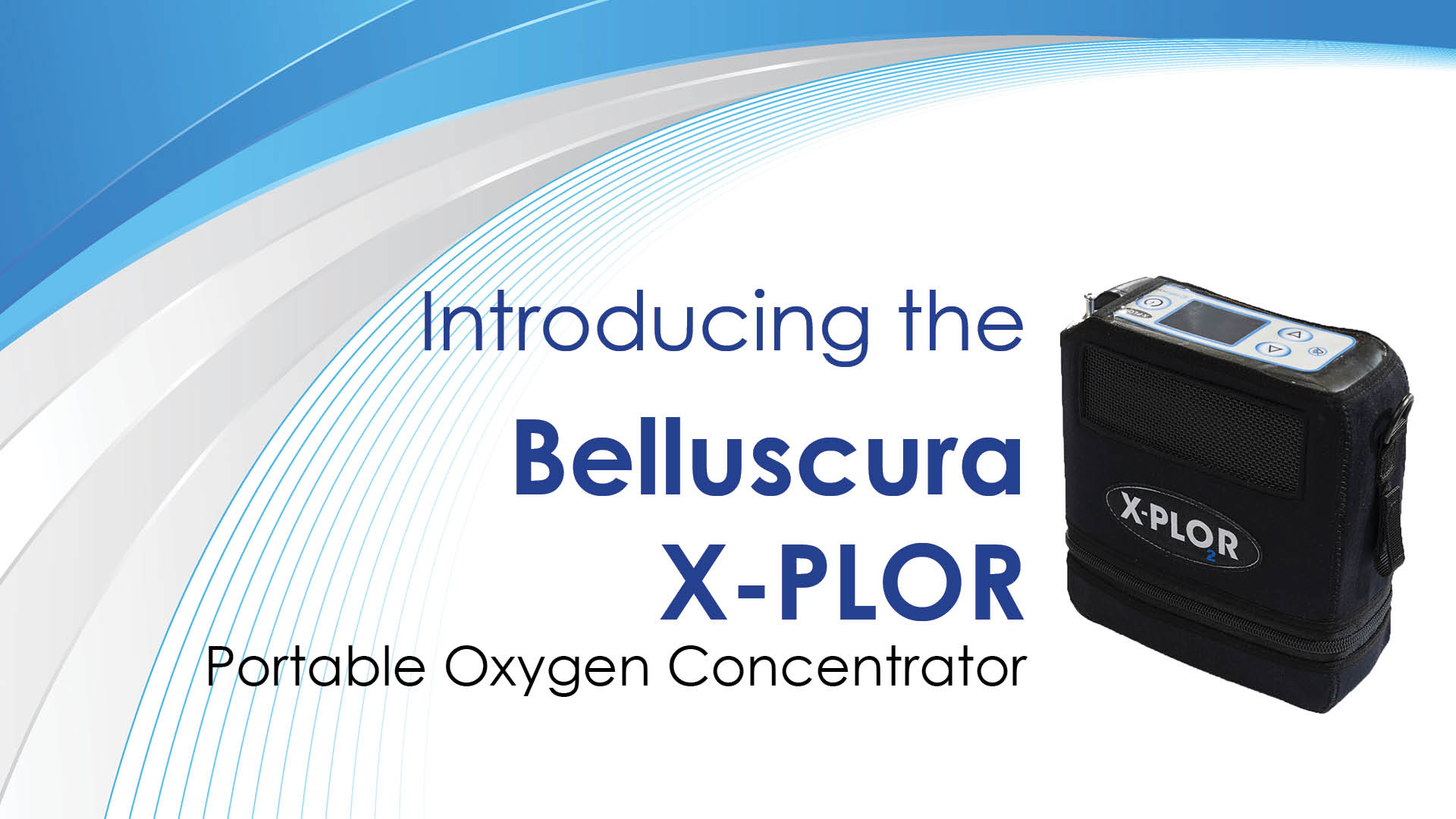
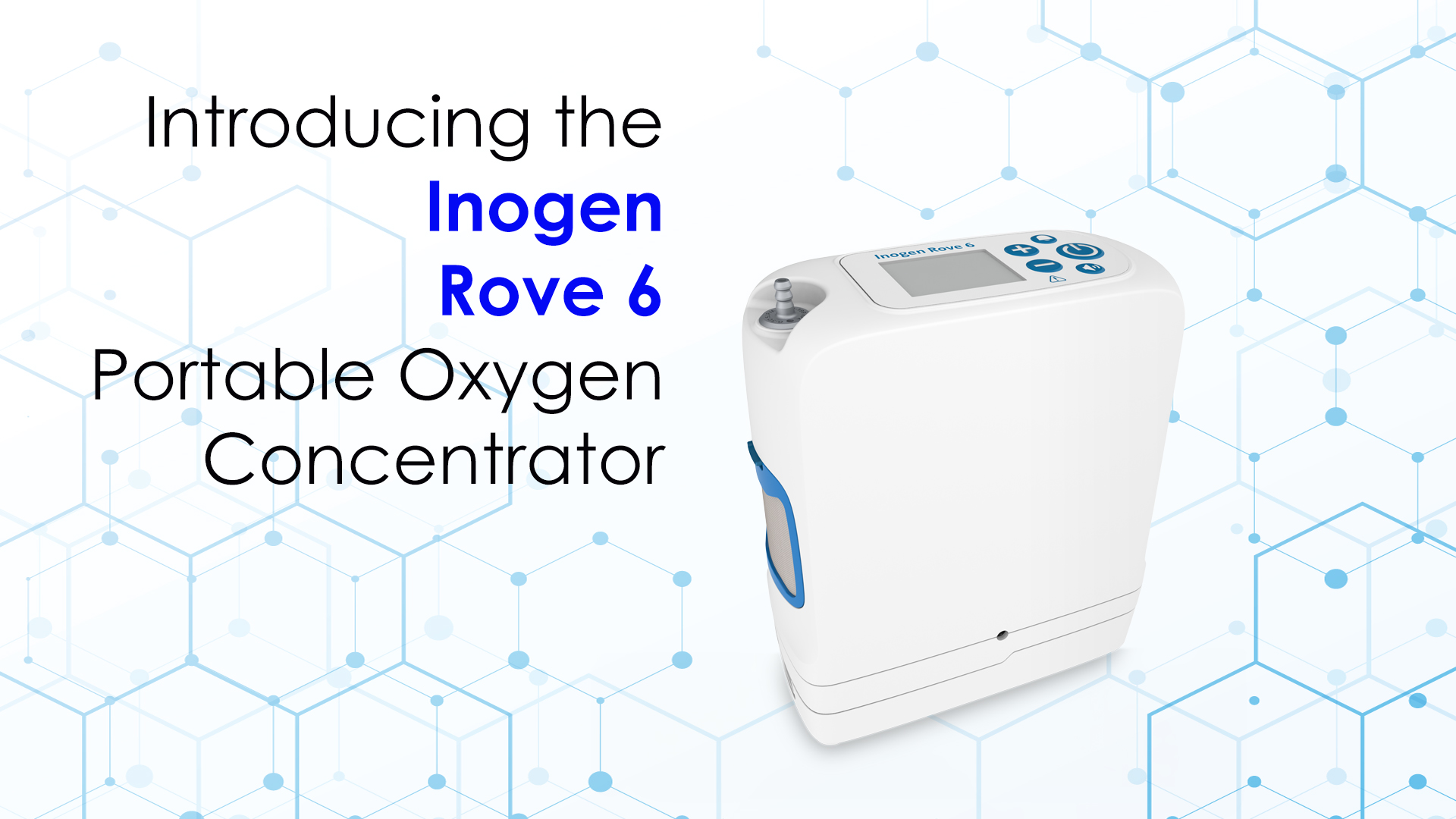
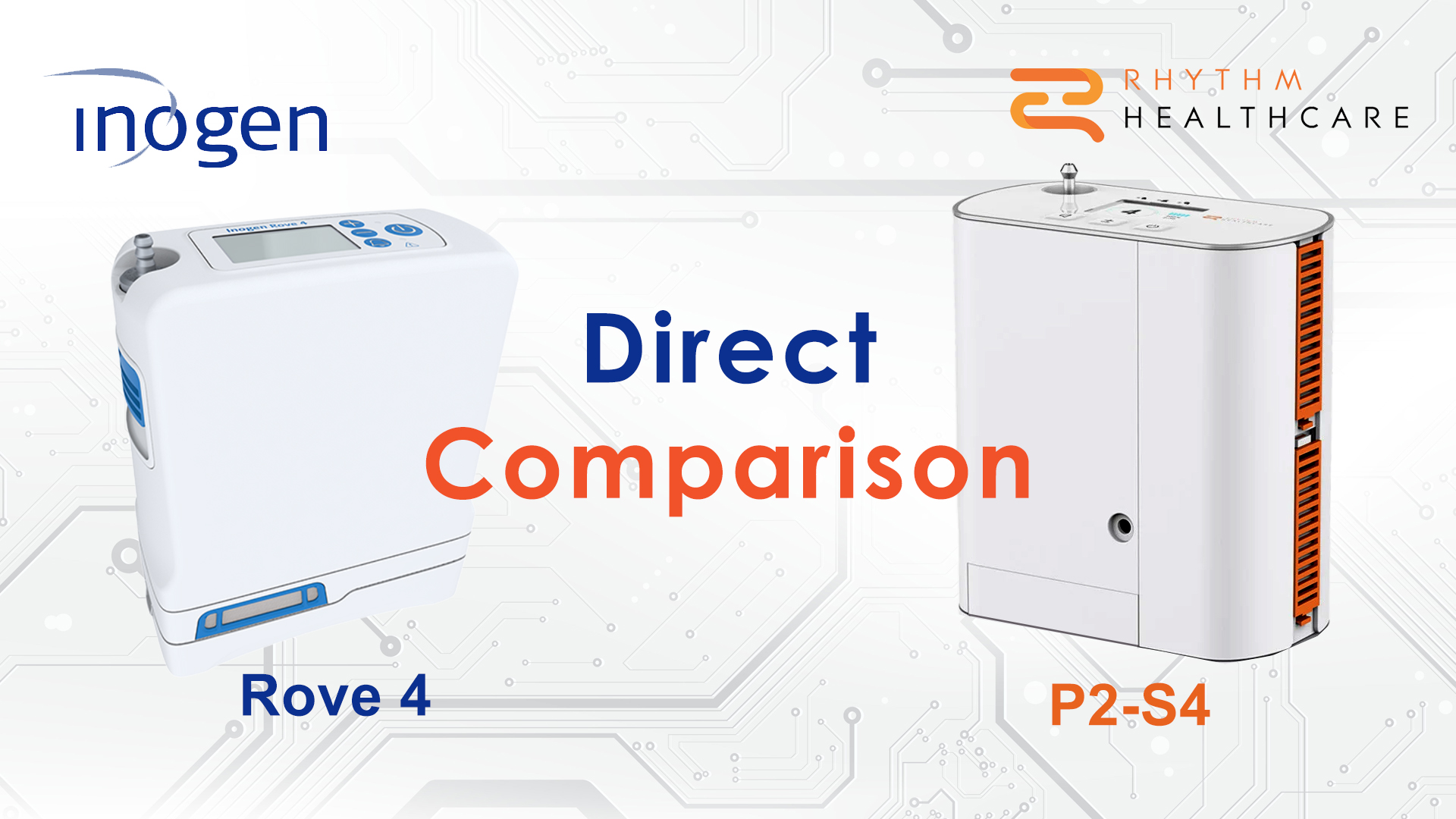

0 Comments